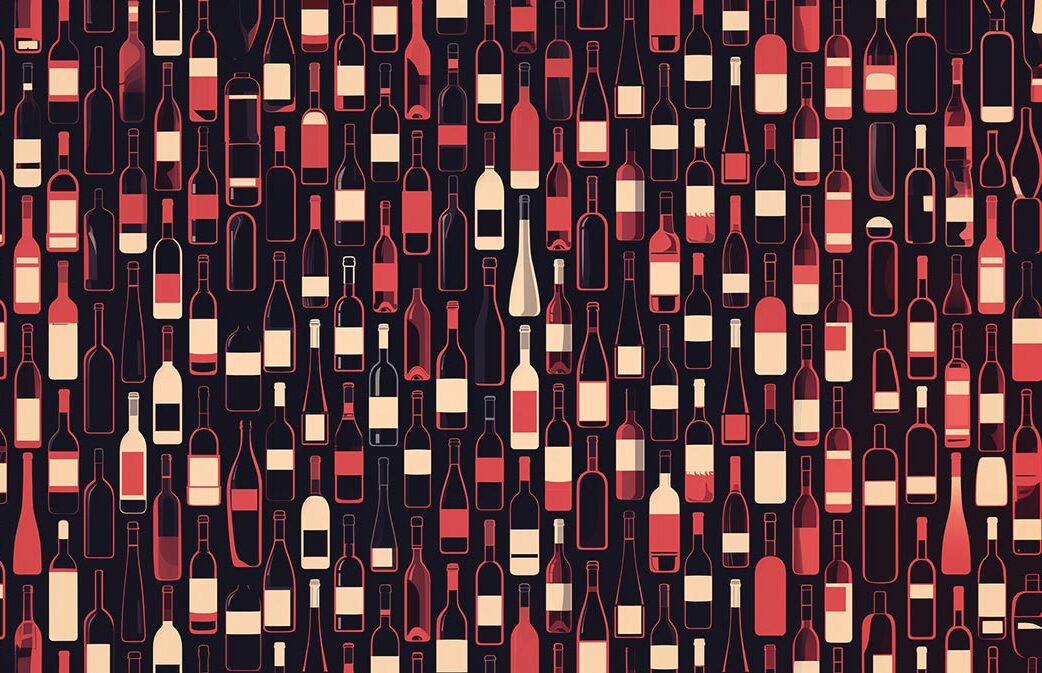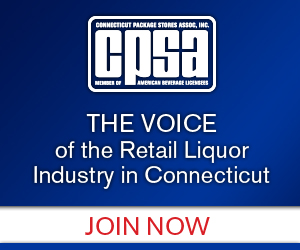

Ryan Robinson, Director of Education, Brescome Barton and Worldwide Wines.
By Ryan Robinson, Advanced Sommelier-CMS, WSET Diploma and WSET Educator
On average, 4,000 new wine brands are launched in the world market daily. With so many new emerging producers and regions, there is the potential to saturate a wine category or two. Knowing that there is an endless supply of wine options as we dive headfirst into the new year, these are my predictions of what will find relevance in 2025.
As consumers become more savvy wine buyers, we will see a continued demand for brands that come with a sense of place. Buyers want to know where both the grapes came from and who made the wine. There are two trends lingering from 2024 that support this theory. First, the average consumer is becoming more engaged in the world of wine. Wine schools around the world continue to grow while new venues of wine education are opened. Both the Wine Scholar Guild and the Wine & Spirit Education Trust have seen significant growth in students who are engaging and learning at the hobby level. These students have full-time careers outside of the wine world but are becoming intrigued with the wine industry by educating themselves.
This growth in education is needed as we approach my second prediction: there will be a continued focus on origin. The bulk wine market has been declining over the last few years and will continue to do so. This, coupled with the continued emergence of new appellations both here in North America and abroad, will pave the way for buyers to better identify the origin. For example, in October, a new American Viticulture Area (AVA) was approved in Napa County. The new AVA, Crystal Springs of Napa Valley, further pinpoints where grapes are sourced. In the short term, this approval will greatly benefit Burgess Cellars, the author of the AVA. Currently, there are 24 remaining proposed AVAs waiting on approval from the Alcohol and Tobacco Tax and Trade Bureau, the government agency that oversees wine production and appellations in the U.S. The majority of these pending petitions would create more AVAs in California, but there are also proposals in Texas, Utah and Kansas, to name a few.
With a new interest in wine education and the continued expansion of wine appellations, my final prediction for 2025 will be a shift in wine styles historically consumed. Traditionally in the U.S., premium wines, especially high-end high-dollar red wines, have survived the decline the bulk market has experienced. Last year was the first year in quite some time where premium red wine sales came to a staggering halt. I predict, regrettably, that this trend will continue.
With the rise in pricing and the saturation of high-end producers, this category will slow. In its place, I foresee an increase in white wine and sparkling wine consumption. The rest of the world consumes more white wine than red and I suspect the U.S. will adhere to this trend. Appellations like Rioja DOCa in Spain have incentivized growers to plant more green grapes and approved a total of nine authorized green grape varieties to support this future demand.
Along with the predicted increase in white wine consumption, I also speculate that sparkling wine will continue to grow. Champagne did reduce production yields in 2024 to try to curb the current excess inventory in the market. This would suggest that sparkling wine consumption is decreasing; however, I venture to predict the opposite. I see the category growing for more valued, yet quality-driven sparkling wine derived from new production areas off the traditional beaten path of Champagne and Cava. Recently, I tried two different Italian sparkling wines. The first was made from Torbato in Sardinia and produced by Sella & Mosca and a sparkling Oasserina from Velenosi in the Marche region that were mind-blowing. While it was a leap to try sparkling wines from lesser-known grape varieties, the venture was well worth trying something new.
This brings me to my final prediction. In addition to increased white and sparkling wine production, there will be a continued need for adventure. New wine consumers are more adventurous and searching for indigenous grape varieties from lesser-known areas. The still wines of Portugal and white wines of Italy should thrive in the coming year.
As I conclude, a new beverage category will emerge in Connecticut in January, THC seltzers. Connecticut has authorized a provisional license available to the retail sector to sell THC seltzers that meet a maximum THC threshold. It will be exciting to see how this impacts the consumption of the traditional beverage categories.
Hold tight for the February release of The Beverage Journal, where I will conclude the final part in my three-part series on the wines of Galicia.
Ryan Robinson is the Director of Education for Brescome Barton and Worldwide Wines in Connecticut. He is also the Wine Director for Cornerstone Restaurant Group in North America and South Korea, and an Adjunct Professor at the University of New Haven. He holds the credentials of Advanced Sommelier-CMS; WSET Diploma and WSET Educator in Wine, Sake and Beer; Rioja Wine Educator; Wine Scholar Guild Educator and Spanish Wine Specialist; and Certified Scotch Whisky Professional from the Council of Whiskey Masters.



